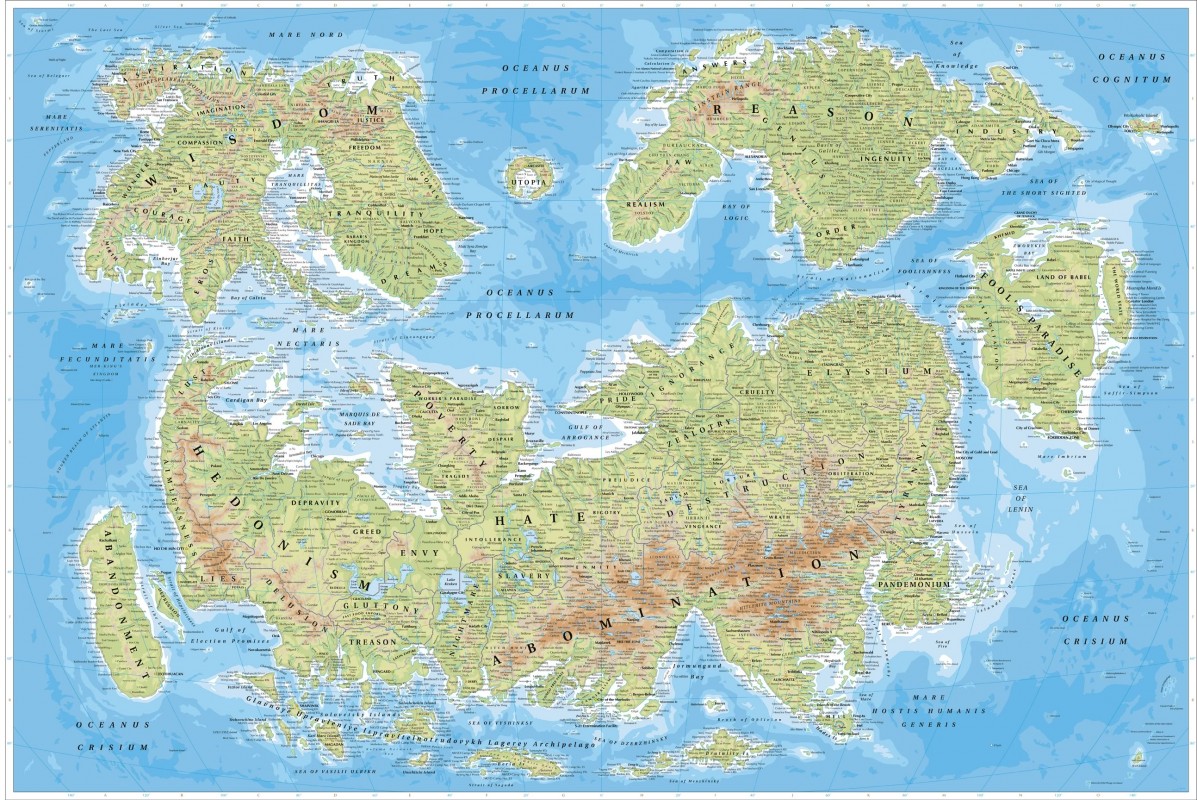A passionate call for a general strike in the US this November 6:
Of all the various depredations of the Bush regime, none has been so thorough as its plundering of hope. Iraq will recover sooner. What was supposed to have been the crux of our foreign policy—a shock-and-awe tutorial on the utter futility of any opposition to the whims of American power—has achieved its greatest and perhaps its only lasting success in the American soul. You will want to cite the exceptions, the lunch-hour protests against the war, the dinner-party ejaculations of dissent, though you might also want to ask what substantive difference they bear to grousing about the weather or even to raging against the dying of the light—that is, to any ritualized complaint against forces universally acknowledged as unalterable. Bush is no longer the name of a president so much as the abbreviation of a proverb, something between Murphy’s Law and tomorrow’s fatal inducement to drink and be merry today. (Harper’s)



